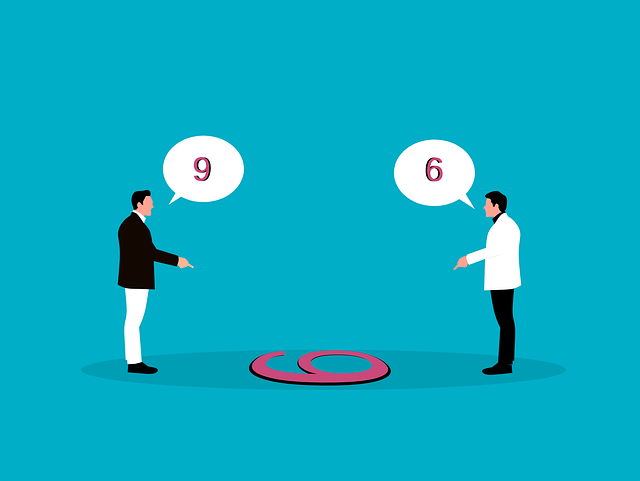The proposed changes to net neutrality rules by the Federal Communications Commission is the most hotly contested rule change in the history of the agency. More than one million comments from participants on both sides have been received since May 15. The initial commenting period is now closed and the FCC is expected to hand down a final ruling by the end of the year.
The Issue
At the heart of the issue is whether cable companies should be allowed to charge content providers extra fees to deliver faster service. However, this might be an oversimplification. What’s at stake goes much farther. Singlehop, a provider of cloud hosting technologies, explains it this way:
“Net Neutrality refers to the idea that all data on the Internet should be treated equally by Internet Service Providers (ISPs). For most of the Internet’s history, ISPs generally did not distinguish between the various types of content that flow through their networks, whether web pages, email, or other forms of information. In the 1990s and early 2000s, the few ISPs that tried to block certain types of data faced strong opposition from consumers, tech companies, and regulators.
With the rise of bandwidth-heavy services such as Netflix, ISPs have increasingly sought to sell more bandwidth, or “fast lanes,” to companies willing to pay for it. Other traffic would move through their networks at a slower pace.”
Both Sides of the Debate
Those for net neutrality argue that treating all data on the Internet equally is essential to protecting freedom of speech and encouraging competition between internet service providers. Those on the other side of the debate feel that ISPs should be allowed to charge customers more for using bandwidth-intensive services. They believe that it’s only fair that those who use more should pay more.
Startups, small businesses and large corporations all rely on their ability to deliver content to current and potential customers; the bigger question is what access to the so-called “fast lane” would cost, or who would be able to afford it under the new rules.




